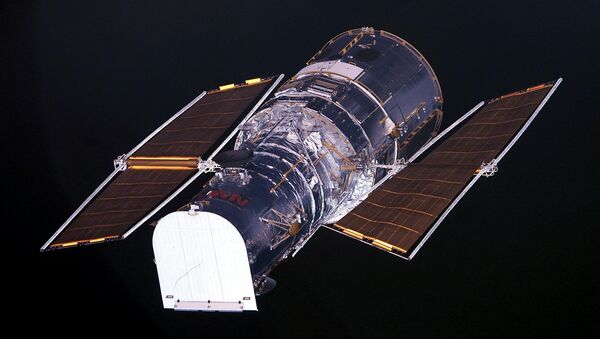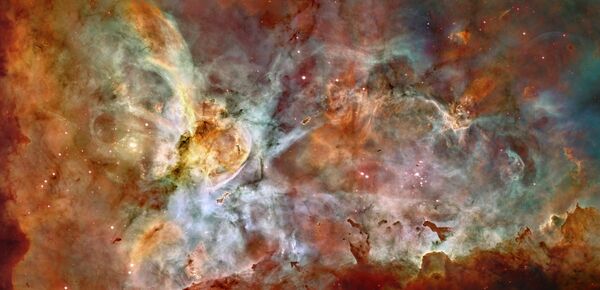A fascinating new photo taken from the Hubble Space Telescope has captured a cosmic object floating in space that resembles a jellyfish, but in reality is an ageing star.
#HubbleFriday Although it looks more like an entity seen through a microscope than a telescope, this rounded object, named NGC 2022, is certainly not algae or tiny, blobby jellyfish 🐙 Instead, it's an orb of gas, cast off by an aging star: https://t.co/FjGxcGInUo pic.twitter.com/2qebSitOU3
— Hubble (@NASAHubble) August 16, 2019
The core of the star is visible in the centre of the image, glowing a yellow-orange, with its radiation lighting up the surrounding clouds of gas, portrayed in cooler wavelengths of pink and purple.
The object — known as NGC 2022 — is what astronomers call a planetary nebula. It is interesting in that it demonstrates just what happens when an old star, similar in size to the Sun, ages and sheds layers of gas.
NGC 2022 is a red giant star, the next stage of evolution after a sun-like star finishes converting hydrogen into helium in its core using nuclear fusion.
Once temperatures soar high enough, helium may be fused into carbon, causing the star to expand.
This newly expanded star, a red giant, then sloughs off its outer layers of gas into space.
"More than half of such a star's mass can be shed in this manner, forming a shell of surrounding gas. At the same time, the star's core shrinks and grows hotter, emitting ultraviolet light that causes the expelled gases to glow", Hubble officials said in a statement.
The Sun is about 4.5 billion years old and roughly halfway through its phase of burning hydrogen into helium. Once it enters its red giant phase, the Sun is projected to swallow up most of the inner solar system, possibly including the Earth.
Luckily for us, scientists claim the Sun still has about 5 billion years' worth of mileage in it.



